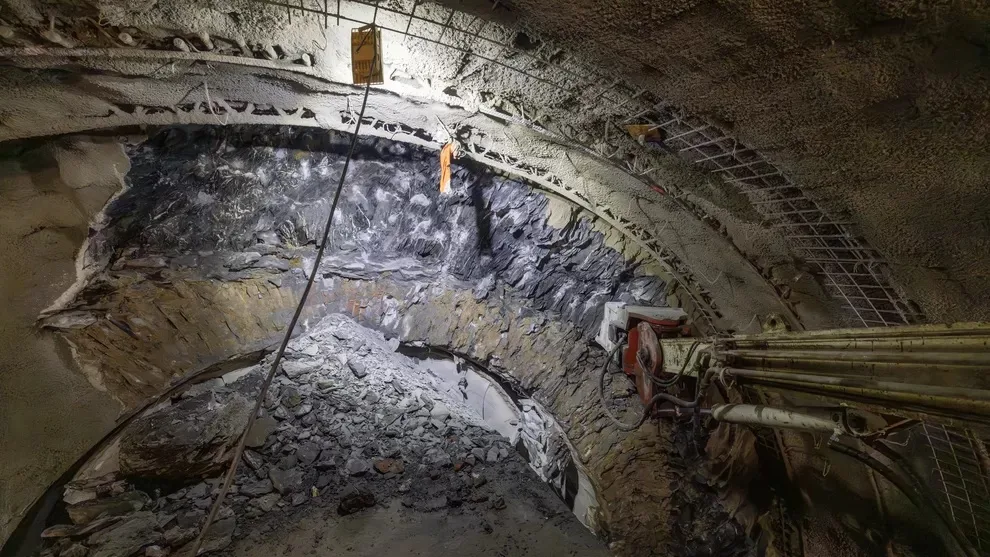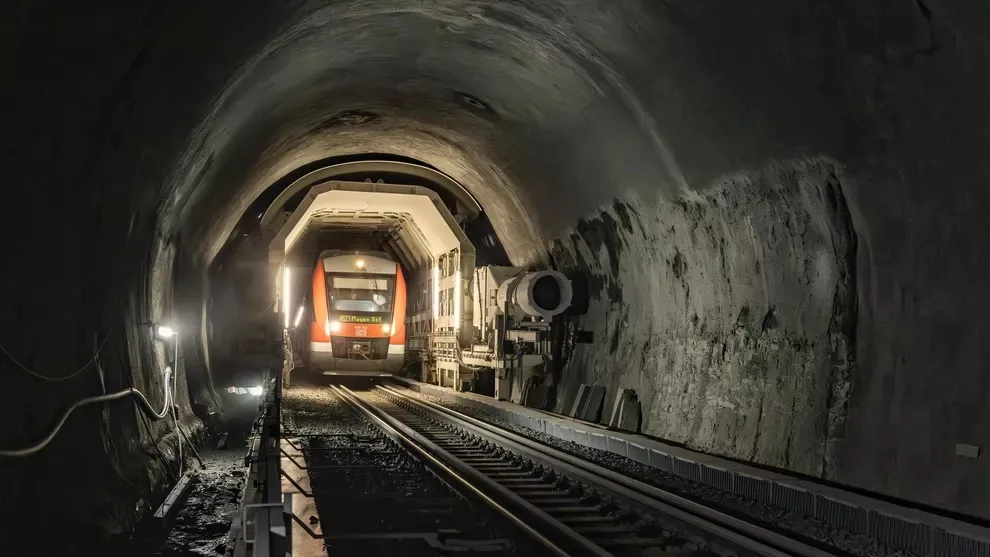Ground engineering innovations are transforming the way we upgrade existing infrastructure to meet modern demands. One important area of progress is tunnelling work, essential for urban growth, transportation, and utilities. As cities and industries expand, efficient and safe methods and technology for enlarging tunnels have become important. The Tunnel Enlargement System (TES) provides an effective solution to expand tunnels and support evolving infrastructure needs.
What is Tunnel Enlargement System (TES)
A Tunnel Enlargement System (TES) is designed to widen existing tunnels, making space for increased traffic, new applications, or infrastructure upgrades. Rather than constructing a new tunnel, the system uses specialised equipment to remove material from tunnel walls, expanding its diameter.
Advantages of TES Technology for Railway Tunnels
- Expands tunnels without disrupting train services.
- Creates a secure workspace, reducing environmental risks.
- Separates construction zones from railway operations, ensuring safety.
- Allows precise, incremental excavation and reinforcement.
The TES was previously used in Spain on the Gaintxurizketa tunnel in the Basque Pyrenees, where it successfully completed a 558-meter renovation in early 2024. Following this, the system was deployed in Germany for the renovation of the Fachinger and Cramberger tunnels along the Lahn Valley Railway.

Fachinger and Cramberger Tunnels; Project Overview
In January 2024, the TES was used to widen two old railway tunnels, Fachinger and Cramberger, along the Lahn Valley Railway between Koblenz and Wetzlar. These tunnels, built to older standards, no longer met modern requirements. The TES expanded the tunnels’ cross-section by 2 meters, improving safety, accessibility, and aligning them with current railway standards.
TES Structure and Operation
The TES used in the Fachinger and Cramberger tunnels is about 46m long, weighs 270 tons, and has a diameter of 12m, tailored to the specific needs of these tunnels. It moves on specially laid foundations and rails inside the tunnel, preventing disturbance to the active railway tracks.
The TES is divided into three sections:
- Front Section: Stabilizes the tunnel walls, ensuring a safe work environment.
- Middle Section: Contains equipment for excavation and support, including telescopic drilling rigs, hydraulic hammers, and a shotcrete system for tunnel support.
- Rear Section: Houses the equipment for operating and maintaining the TES.
As the TES moves forward, it excavates the tunnel walls, removes rock through chiseling or blasting, and transports the material out via conveyors for continuous progress without disruption.

Step-by-Step Excavation Process
The TES’s structured approach allows it to safely expand the tunnel by efficiently managing excavation and support. The process is as follows:
- The existing track is removed, and a single central track is installed to maintain rail operations.
- The TES removes masonry walls and rock using chisels or controlled blasting.
- Excavated material is transported out of the tunnel via conveyors.
- Shotcrete and steel reinforcement anchors are applied to stabilise each tunnel section.
Conclusion
The use of TES in Germany highlights an important step in tunnel renovation. As the need for tunnel upgrades grows across Europe, Herrenknecht’s tunnel sytem is poised to play an important role in modernising ageing transportation infrastructure, offering a more efficient, safe, and uninterrupted approach to tunnel expansion.
Image Source: newcivilengineer.com, geplus.co.uk,



